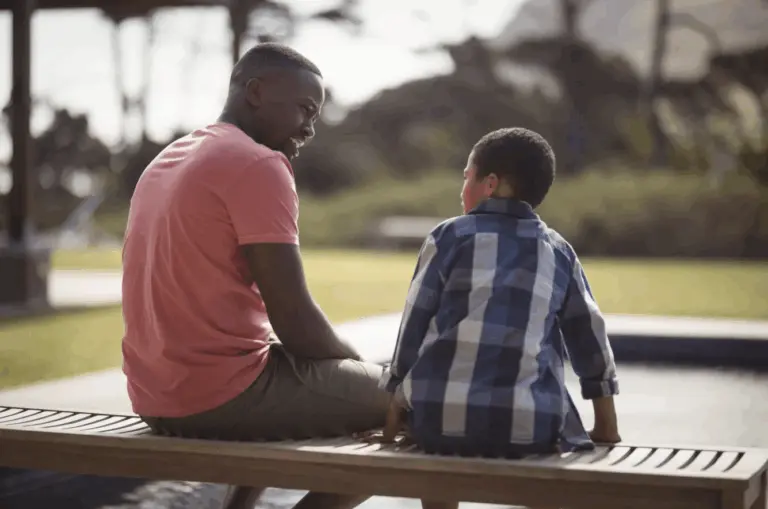
By Lockey Coughlin
What’s your favorite class? Do you have a favorite book? How about a favorite hobby? Are there any classes that you dread?
Every conversation with a prospective new student at Education without Walls is slightly different and nuanced, depending on the family and students, of course, but these four questions are ones that I ask during every interview. There is no right, or wrong, answer and responses tend to vary greatly.
The answers to these questions are all eminently useful. The first three provide direction in class choices, independent study topics, and ways to facilitate joy for each student in the classroom. The final question is a little thornier and is where problem solving, and guidance may be helpful.
One common theme that I find in this fourth question is the reason why each student dislikes their dreaded class. It generally is not the topic or that the learner is ‘bad’ at the subject taught in the offending class. Instead, the students will invariably point to their instructor as the reason. Parents consistently back up their child in this assertion with a story or explanation of why the teacher is dreadful; often accompanied by very real frustration, eye rolls, and, occasionally, anger.
This presents as a conflict, but this is a conflict that can be avoided. It certainly should never descend into the offensive and defensive maneuvers that I often hear about, maneuvers that would have made even the great John Madden cringe. Parents are conditioned to take the side of their child, at least publicly, as is appropriate. School administrators tend to back up their teachers, also appropriate. Often, friends, co-workers, and extended family members will take sides, as well, choosing teams based on how they feel about the respective combatants.
This is a scenario that rarely ends well and one that is both time-consuming and counterproductive. Those involved have lost sight of the goal that everyone is working towards, which is education and learning. Of course, if a child is not getting along with a teacher, or simply does not understand what is being taught, they would likely better understand the material if placed with a different instructor. This is not a statement about the teacher, nor is it a statement about the child. This is a statement about communication.
Communication is difficult and nuanced under the best of circumstances. Students must be able to understand what their instructor is saying to them. Students should always be paired with mentors and teachers who ‘speak their language’. If the teacher’s best examples involve ancient roman technology or Shakespearean writing, the average student will not understand these references, never mind the material to which it refers. Building in Minecraft and “Phineas and Ferb” references might seem pedestrian, but the kids will get it, and enjoy it! The best teachers are not always the best educated nor the most experienced. The best teachers, first and foremost, are excellent communicators.
As a parent, how do you navigate this conflict? Support your child using positive, proactive language. Do not disparage your child’s instructor in front of your child. This will translate to disrespect in the classroom and the last thing you want to do is intensify this situation. Encourage your child to do their best, but alleviate pressure, as well, by letting them know that you understand they are frustrated, and that you are going to problem-solve and work through this together. You’ve got their back and there is no one to blame, simply a communication issue that needs to be addressed. Even with other parents, administrators, or teachers, it is counterproductive to insult or otherwise attack your child’s instructor.
Try to work it out with the instructor first. Ask them for suggestions and advice and follow through with their suggestions, conveying your efforts to them. If that is unsuccessful, ask politely if there are alternatives. Is another teacher for the same subject unavailable? If not, perhaps another subject entirely? Finally, if there are no other ways to supplement, consider private tutoring.
Utilize private tutoring in a slightly nuanced way, as a support for the work being done in the classroom, not as an alternative to it. You do not want your child to continue sitting through a class that they loathe. Set them up for success and to enjoy the class as much as possible. We all enjoy being familiar with the topic being discussed. Ask for lesson plans, so that your child can look at the material with their tutor before seeing it in the classroom. This will help with both understanding and confidence.
Your family will, hopefully, be working with the same group of administrators and teachers for many years. Advocate for your child in the best way possible, by building a community that is invested in their success and is invested in problem-solving when difficulties arise. Create a team of advocates for your child, support your child vociferously, and maintain cordial relationships with their mentors and instructors. These strategies will lead to the most productive and positive outcomes for your child, both short and long term.




